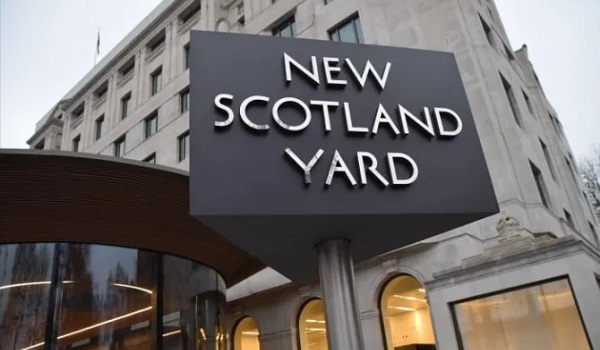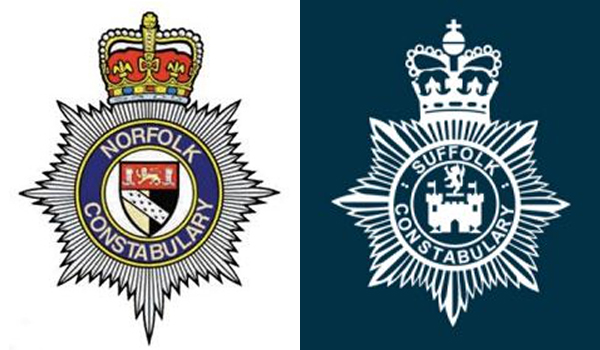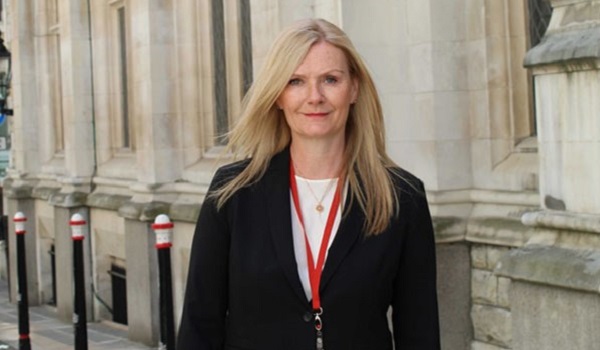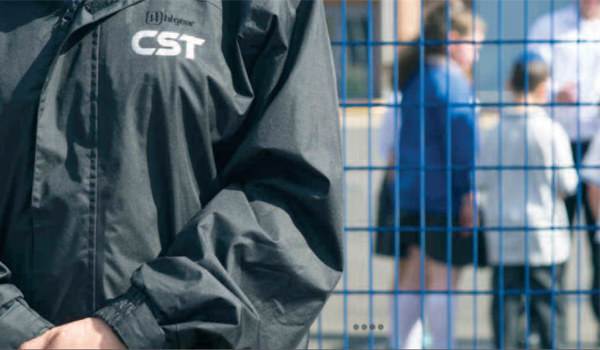More than 1,000 young black Londoners removed from police gang database
More than 1,000 young black Londoners have been removed from the gangs database run by the Metropolitan Police Service (MPS).
It comes after Mayor of London Sadiq Khan ordered a review of the MPS’s gang violence matrix, which includes suspected gang members and those seen as at risk of becoming involved in violence.
Figures released on Wednesday (February 3) show the number of names on the list has dropped to 2,305, a 40 per cent reduction from a peak of 3,811 in August 2017 and the lowest in seven years.
The MPS says the aim of the matrix, created after the 2011 London riots, is to highlight possible gaps in activity or intelligence on violent gang subjects and identify those seen at risk of committing, or becoming a victim of, gang violence.
Campaigners have criticised it as “racially discriminatory”, with figures showing 80 per cent of people on the database are black, Asian and minority ethnic (BAME).
The review has led to more than 1,000 black males under the age of 25 being removed from the database, most of whom had very low rates of offending and victimisation in the year before and the year after being removed, according to analysis by City Hall.
Mr Khan said: “We simply cannot ignore the fact black Londoners have less trust in the Met and that is why my comprehensive overhaul of the gang violence matrix is so important to improving the trust and confidence London’s diverse communities have in our police.
“As a direct result of the Met acting on my recommendations to make the matrix database more transparent, effective and more evidence based than ever before, more than 1,000 young black Londoners who should not have been on it have now been removed. At the same time detection rates have improved.
“We know that gang-related violence still accounts for a significant proportion of the most serious violence in London, and the matrix is a necessary enforcement tool as well as a means for support and intervention, but it’s vitally important that the police continue to evaluate, improve and communicate how it is used to address concerns from communities about the disproportionate number of black Londoners and young men on the matrix.”







